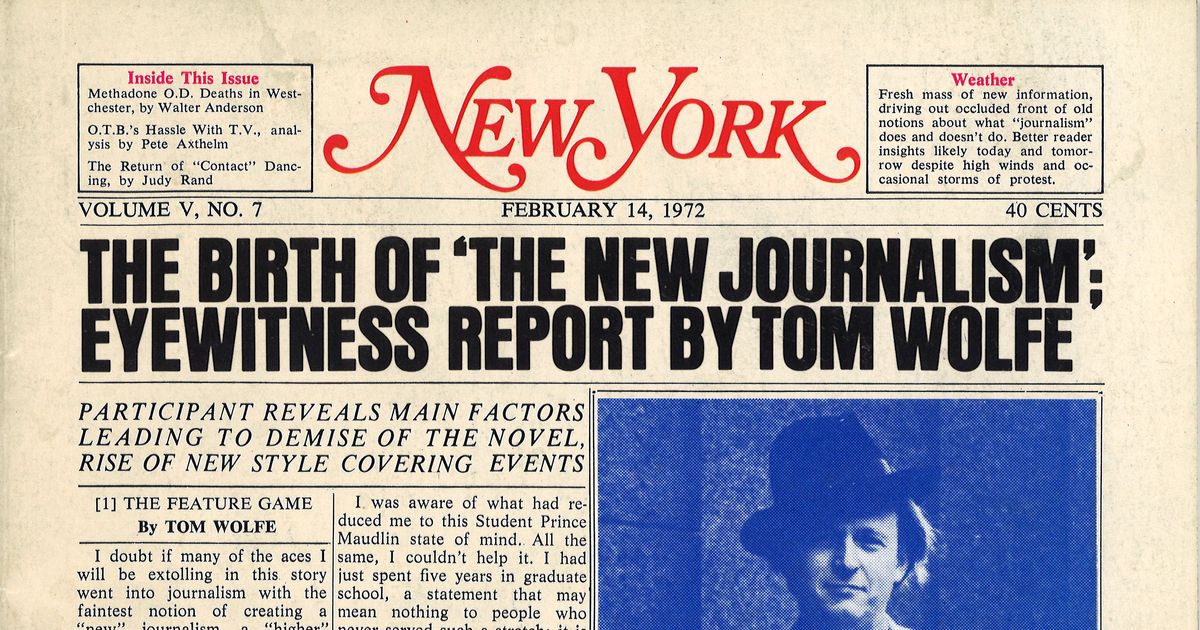Excitement About News Articles
Excitement About News Articles
Blog Article
All about News Articles
Table of Contents4 Easy Facts About News Articles ShownRumored Buzz on News ArticlesWhat Does News Articles Mean?How News Articles can Save You Time, Stress, and Money.4 Simple Techniques For News Articles
Good understanding of various topics gives students an one-upmanship over their peers. Despite the fact that electronic and social networks are easily obtainable, we need to not neglect just how crucial it is to check out the papers. Moms and dads need to attempt and instill the routine of checking out a newspaper as a day-to-day regimen to continue the legacy of the revered print tool.Newspaper article likewise contain at the very least among the complying with important characteristics about the designated audience: proximity, prominence, timeliness, human interest, strangeness, or effect. The relevant term journalese is in some cases used, usually pejoratively, to refer to news-style writing. One more is headlinese. Newspapers generally comply with an expository writing style.
Within these limits, information tales also intend to be comprehensive. Amongst the bigger and more recognized newspapers, fairness and equilibrium is a significant aspect in presenting information.
Newspapers with a global audience, for example, tend to make use of a much more official design of writing. The details options made by an information electrical outlet's editor or content board are frequently collected in a style guide; usual style guides consist of the and the United States News Style Publication. The major objectives of information writing can be summed up by the ABCs of journalism: accuracy, brevity, and clearness.
8 Easy Facts About News Articles Explained
As a guideline, journalists will not use a long word when a short one will do. News writers attempt to avoid using the very same word more than as soon as in a paragraph (sometimes called an "echo" or "word mirror").
Headlines occasionally omit the subject (e.g., "Leaps From Watercraft, Catches in Wheel") or verb (e.g., "Cat lady lucky"). A subhead (additionally subhed, sub-headline, subheading, subtitle, deck or dek) can be either a subservient title under the major headline, or the heading of a subsection of the post. It is a heading that precedes the primary message, or a group of paragraphs of the primary message.

of a write-up subject, source, or interviewee), it is referred to as a drawn quote or pull quote. Extra signboards of any one of these types may show up later on in the write-up (particularly on subsequent pages) to lure more reading. Journalistic important link sites sometimes utilize animation techniques to swap one signboard for another (e.g.
News Articles - An Overview
Such billboards are likewise used as reminders to the article in other areas of the magazine or website, or as promotions for the piece in various other publication or sites. Press launch of the Swiss government. Regular framework with title, lead paragraph (summary in bold), other paragraphs (details) and call information.

Instance of a hard-lead paragraph NASA is recommending one more space project. The firm's budget plan request, revealed today, consisted of a strategy to send out an additional mission to the Moon. This time the company intends next to develop a long-lasting center as a jumping-off place for various other space experiences. The budget plan demands around $10 billion for the job.
The NASA news came as the agency requested $10 billion of appropriations for the project. An "off-lead" is the 2nd essential front page news of the day. The off-lead appears either in the top left corner, or directly below the lead on the right. To "bury the lead" is to begin the post with history information or information of additional value to the viewers, requiring them to read even more deeply right into a post than they should need to in order to uncover the crucial points.
7 Simple Techniques For News Articles
Usual usage is that one or 2 sentences each form their very own paragraph. Reporters usually explain the company or framework of a newspaper article as an upside down pyramid. The crucial and most intriguing elements of a tale are put at the beginning, with supporting details following in order of reducing relevance.
It allows individuals to explore a topic to only the deepness that their interest takes them, and without the charge of details or nuances that they could think about pointless, but still making that info readily available to more interested viewers. The inverted pyramid framework likewise enables posts to be trimmed to any type of arbitrary length during layout, to suit the space available.
Some writers begin their stories with the "1-2-3 lead", yet there are lots of sort of lead readily available. This style usually starts with a "5 Ws" opening paragraph (as described over), adhered to by an indirect quote that offers to sustain a major aspect of the first paragraph, and after that a direct quote to support the indirect quote. [] A kicker can refer to numerous things: The last story in the news program; a "pleased" tale to end find out here now the show.
Longer articles, such as magazine cover posts and the items that lead the inside areas of a newspaper, are recognized as. Attribute stories differ from straight information in several methods.
The Main Principles Of News Articles
A feature's initial paragraphs usually connect a fascinating moment or event, as in an "unscientific lead". From the particulars of a person or episode, its sight swiftly broadens to generalizations about the story's topic.

The Editor's Toolbox: A Reference Overview for Beginners and Professionals (2001) Allan M. Siegal and William G. Connolly. The New York Times Manual of Style and Usage: The Authorities Style Guide Made Use Of by the Writers and Editors of the Globe's Most Authoritative Paper (2002) M. L. Stein, Susan Paterno, and R.
Report this page